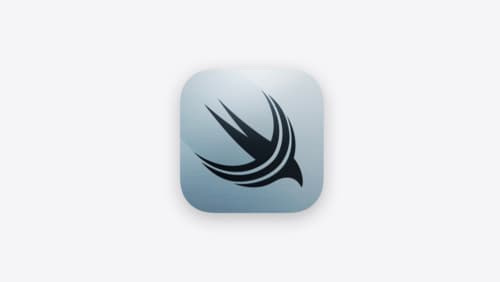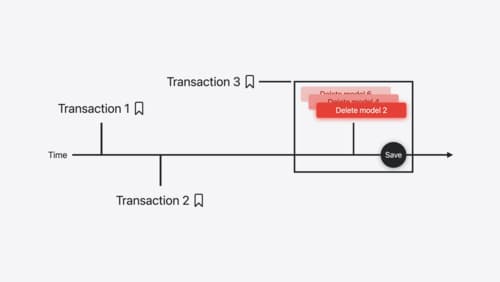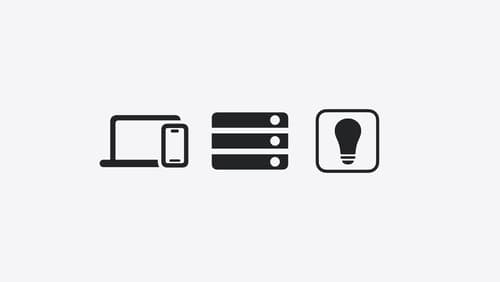How do I use swiftdata
Asked on 2024-07-30
1 search
To use SwiftData in your app, you can follow these steps:
-
Import the Framework: Start by importing the SwiftData framework into your project.
-
Define Your Models: Use the
@Modelmacro to define your data models. This macro simplifies the process of defining your schema. For example:import SwiftData @Model class Trip { var destination: String var date: Date // Add other properties as needed } -
Configure the Model Container: Use the
modelContainermodifier on yourWindowGroupto tell the view hierarchy about your model. This allows your views to fetch and display data from the model container.@main struct MyApp: App { var body: some Scene { WindowGroup { ContentView() .modelContainer(for: Trip.self) } } } -
Query Data: Use SwiftData's query capabilities to fetch data from the model container. For example, you can fetch all
Tripmodels like this:struct ContentView: View { @Query var trips: [Trip] var body: some View { List(trips) { trip in Text(trip.destination) } } } -
Custom Data Stores: If you need to use a custom backend for your data, you can configure a custom data store. This allows you to use SwiftData's API with different storage backends like SQLite, a remote web service, or JSON files. For more details, you can refer to the session Create a custom data store with SwiftData.
-
Track Changes: SwiftData also provides a history API to track changes in your data store, which is useful for features like syncing with a remote server. For more information, you can watch the session Track model changes with SwiftData history.
For a detailed walkthrough and examples, you can refer to the session What’s new in SwiftData.
Relevant Sessions

What’s new in SwiftData
SwiftData makes it easy to add persistence to your app with its expressive, declarative API. Learn about refinements to SwiftData, including compound uniqueness constraints, faster queries with #Index, queries in Xcode previews, and rich predicate expressions. Join us to explore how you can use all of these features to express richer models and improve performance in your app. To discover how to build a custom data store or use the history API in SwiftData, watch “Create a custom data store with SwiftData” and “Track model changes with SwiftData history”.

Track model changes with SwiftData history
Reveal the history of your model’s changes with SwiftData! Use the history API to understand when data store changes occurred, and learn how to use this information to build features like remote server sync and out-of-process change handing in your app. We’ll also cover how you can build support for the history API into a custom data store.

A Swift Tour: Explore Swift’s features and design
Learn the essential features and design philosophy of the Swift programming language. We’ll explore how to model data, handle errors, use protocols, write concurrent code, and more while building up a Swift package that has a library, an HTTP server, and a command line client. Whether you’re just beginning your Swift journey or have been with us from the start, this talk will help you get the most out of the language.
